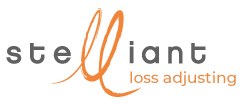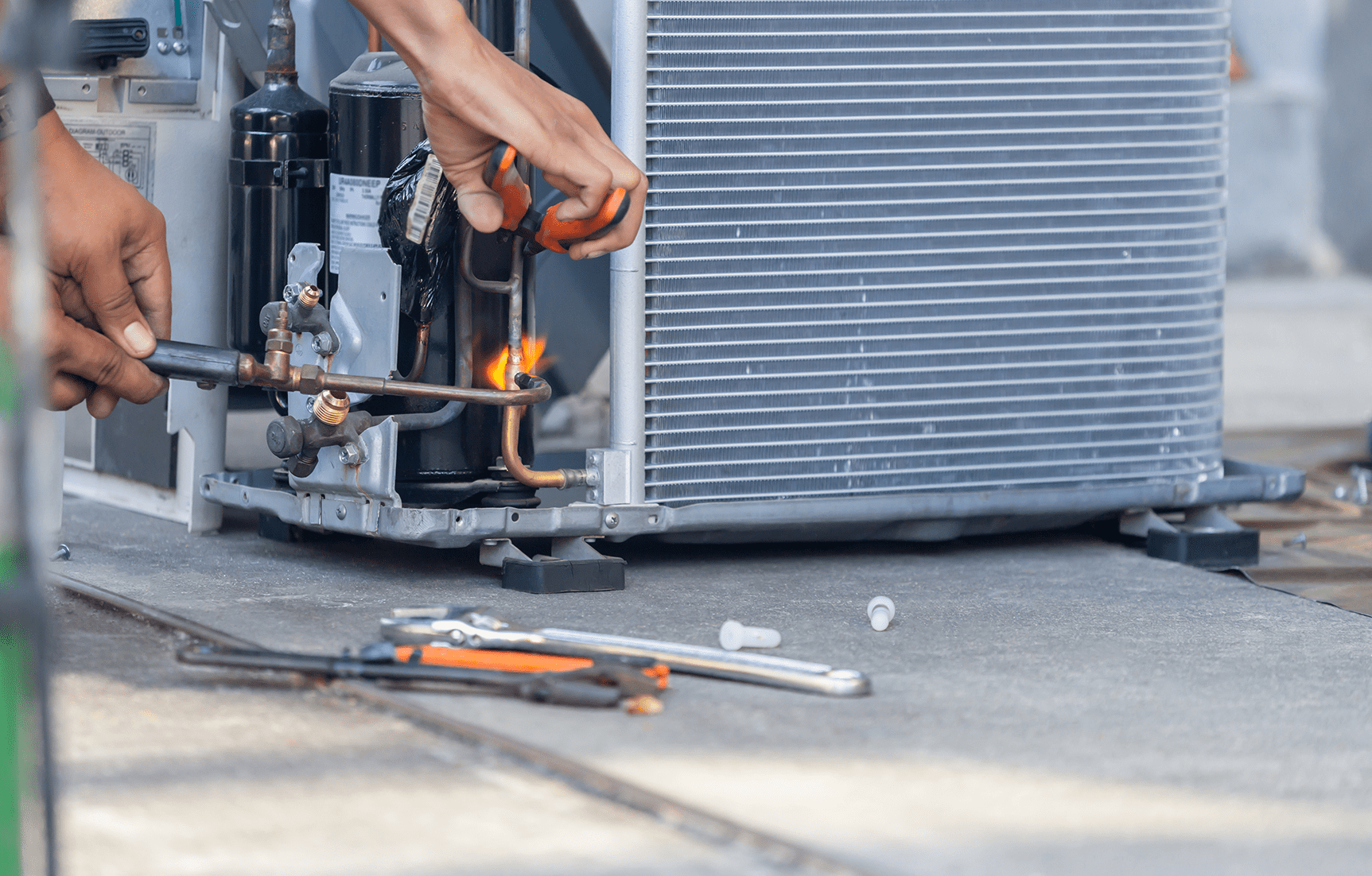Telescopic handler accident at work site
A construction firm hired a telescopic handler from a speciality hiring company. During use, the telehandler tipped over but luckily no one was hurt.
Background
According to the information provided by the user, no specific fault was noted that could explain the accident with the telehandler. Stelliant Loss Adjusting was assigned by the rental company’s insurer, and its loss adjusters visited the site to carry out the investigations.
How Stelliant proceeded
Even before the visit to the work site, the loss adjuster meticulously analysed the case file, examining the declarations of the telehandler user and policyholder. The policyholder was called and advised to put in place initial provisional measures.
The loss adjuster also sifted through the contractual documents for the hired machinery. The construction firm and the hiring company had signed an additional guarantee covering machinery breakdown.
Our loss adjuster arrived on location within five hours of the incident. As a specialist in lifting and handling machinery, he started his on-the-ground enquiries, taking visual recordings and studying the photos and information provided. His attention fell on the following points in particular:
- Had the machine been moving and/or loaded?
- Was the telescopic boom raised?
- Were the stabilisers in place?
Our expert concluded that the machine had been loaded and moving, with its boom extended. After checking the instruction manual of the telehandler and according to what was taught during training for this type of machinery, this sort of use turned out to be prohibited. The telescopic handler accident was a result of not following the instructions of the manufacturer.
Therefore, the user could not rely on any guarantee in the insurance policy signed with the hiring company as this improper use was excluded. Subsequently, a financial loss adjuster assessed the damages and had the construction company acknowledge the repair cost in order to seek redress from it.







